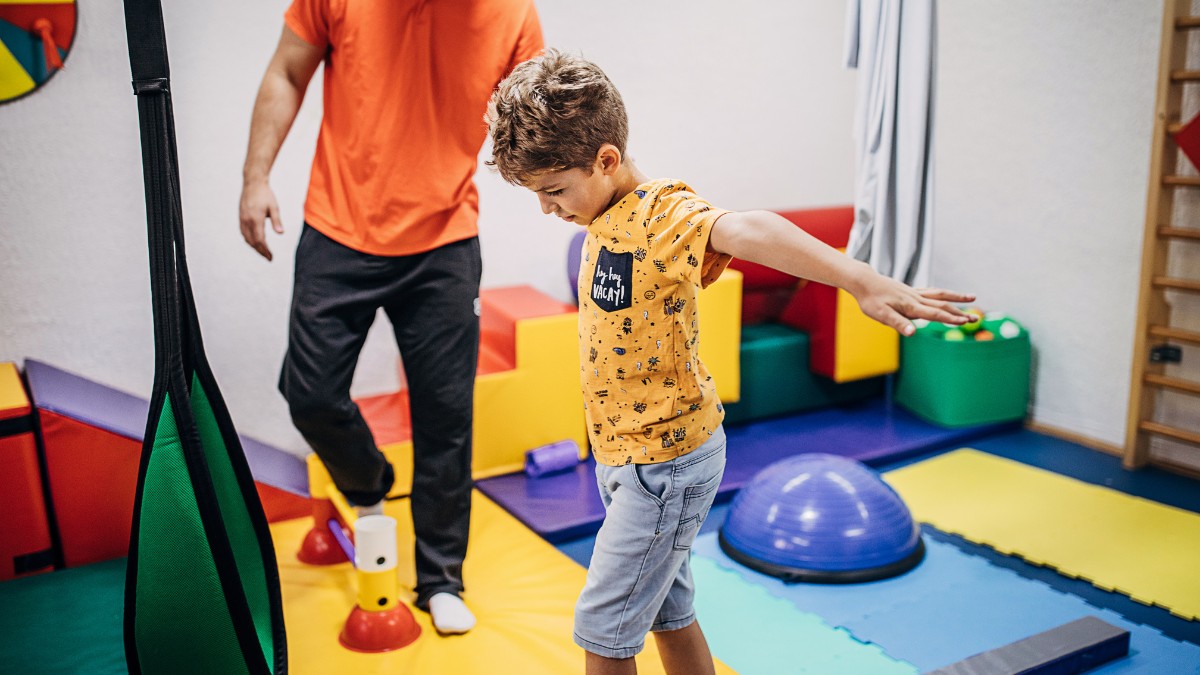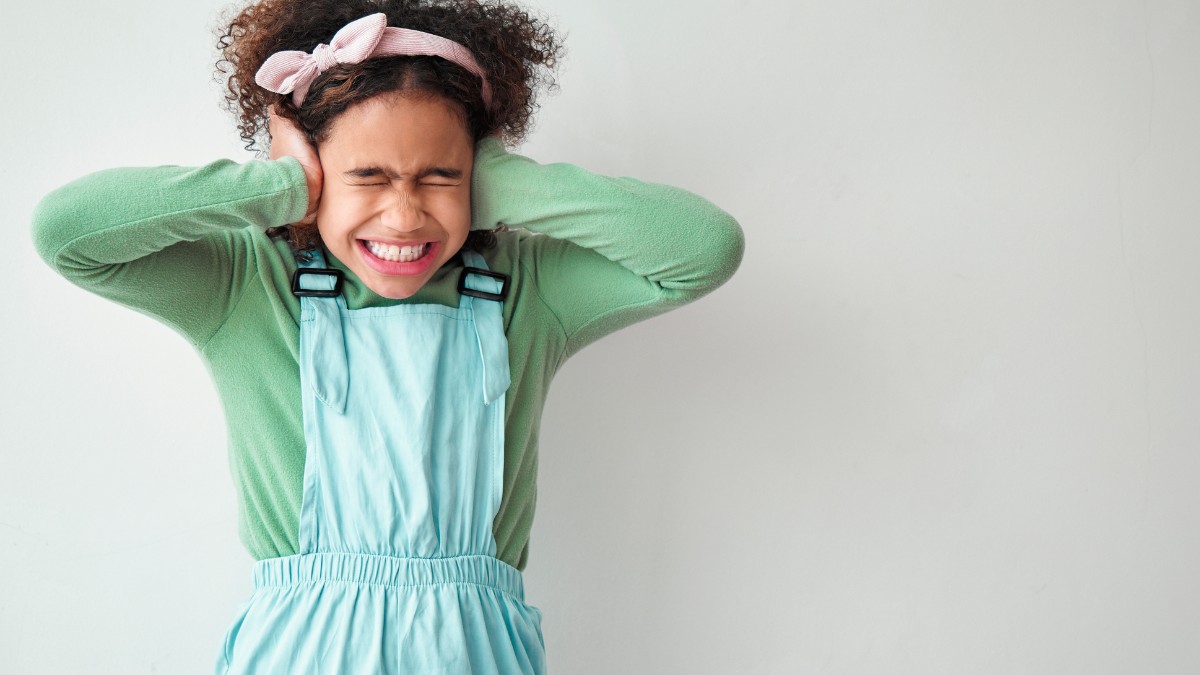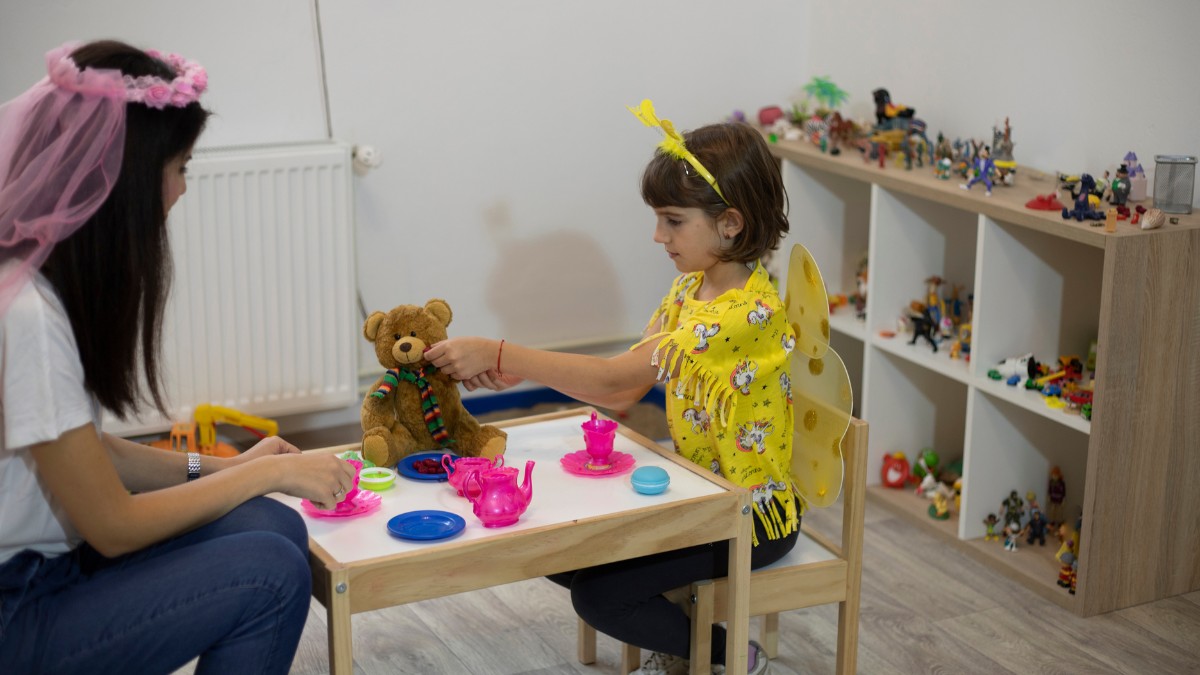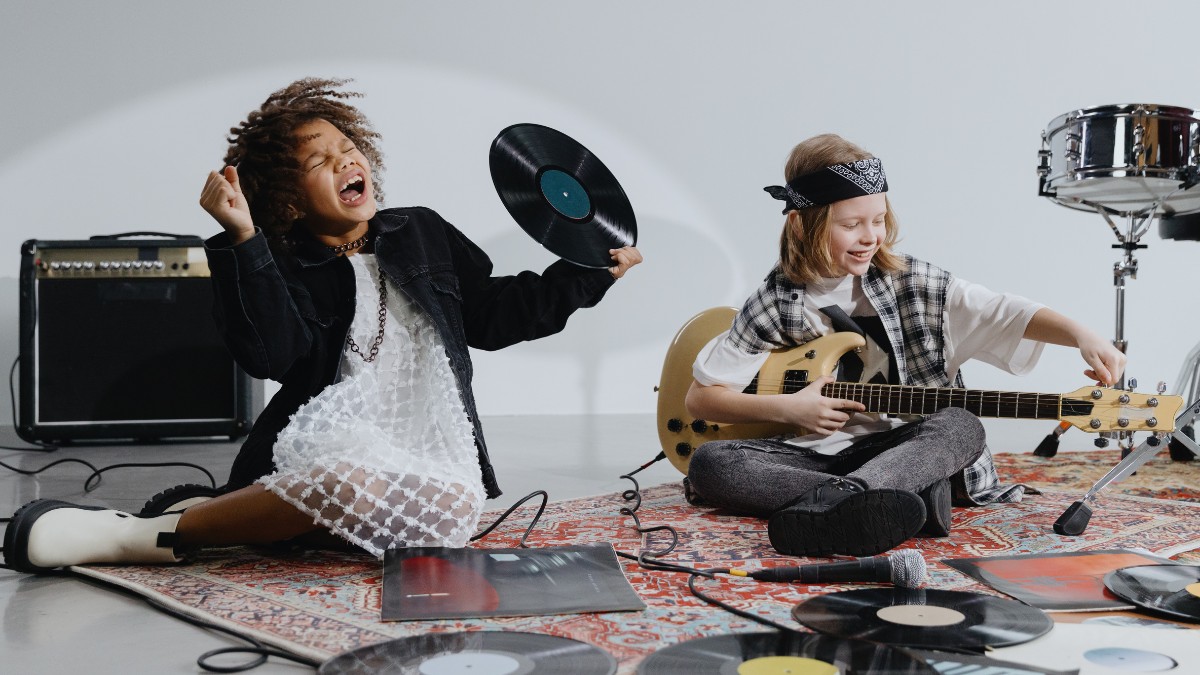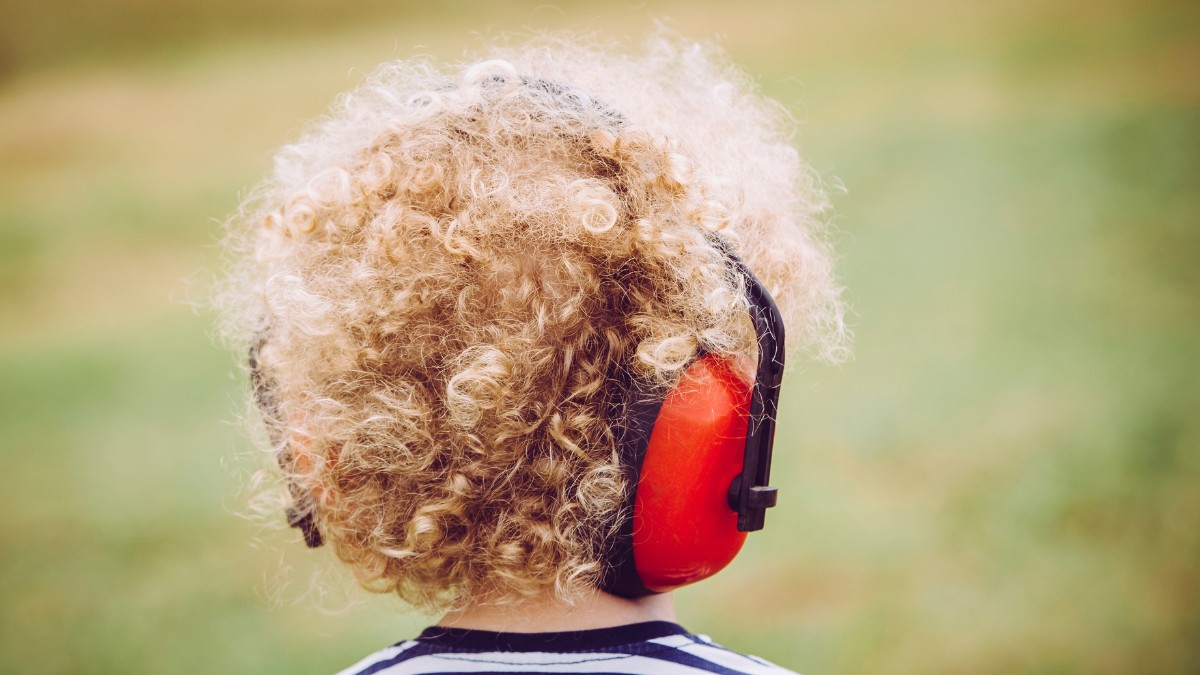Key Points:
- Sensory breaks help autistic children self-regulate by offering structured pauses during overwhelming moments.
- Different types of sensory activities target various sensory needs, including movement, touch, sight, and sound.
- Parents and caregivers can implement easy-to-use sensory strategies at home, in school, or on the go.
Children on the autism spectrum often experience sensory input more intensely than their neurotypical peers. For some, even everyday noises, textures, or visual stimuli can quickly become overwhelming. According to studies, approximately 9 in 10 autistic individuals process sensory information differently compared to their neurotypical peers.
Sensory breaks for autism are short, planned activities designed to help children reset, regulate their emotions, and return to tasks with greater focus and calm. Understanding how to integrate these breaks can make a dramatic difference in a child’s daily routine and emotional well-being.
What are Sensory Breaks for Autism?
Sensory breaks for autism are short, intentional activities that help regulate a child’s sensory system, allowing them to refocus and reduce overwhelm. These breaks are especially useful when a child is overstimulated, under-stimulated, or struggling to maintain attention.
Rather than being a “reward” or “escape,” sensory breaks are proactive tools that support emotional balance and learning. They can include physical movement, calming visuals, tactile activities, or soothing auditory input, depending on the child’s sensory profile.
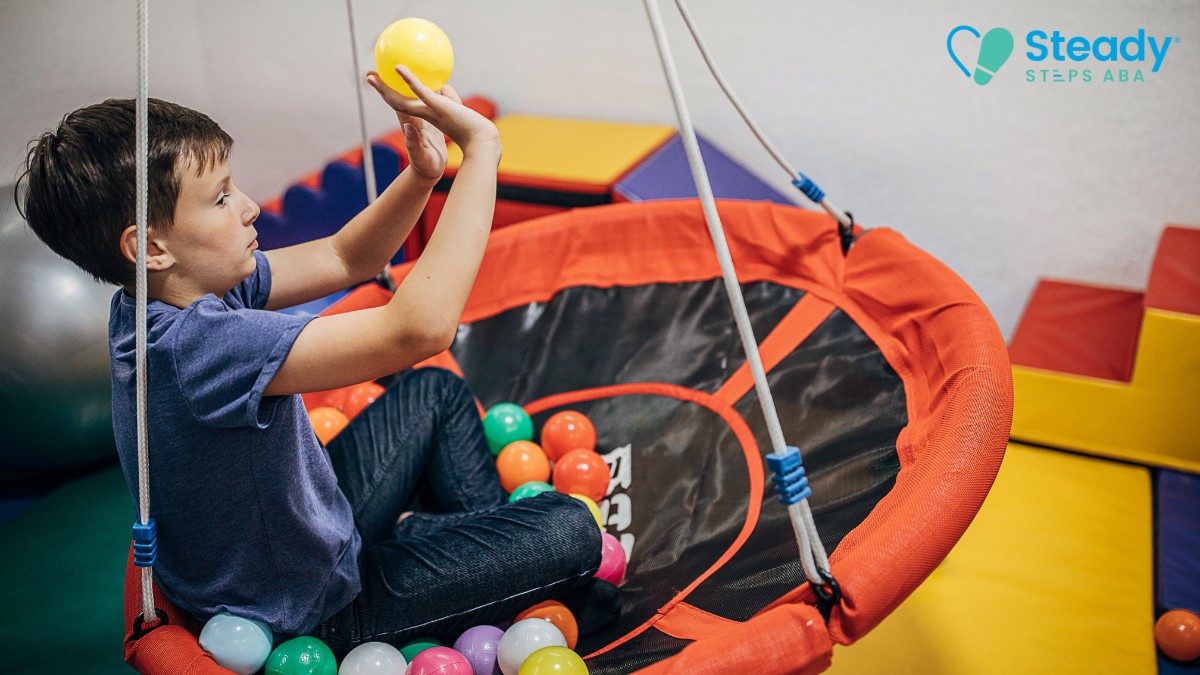
Why Do Autistic Children Need Sensory Breaks?
Autistic children often have sensory processing differences that cause them to feel either overwhelmed or under-stimulated by their environments. This can lead to meltdowns, anxiety, or withdrawal. Sensory breaks serve as a safe pause from those overwhelming stimuli.
Taking breaks throughout the day supports a child’s ability to remain engaged in learning, communicate more effectively, and participate in social settings. These breaks aren’t distractions—they’re structured tools that reduce stress and prevent sensory overload. When used consistently, they can build resilience and self-awareness in children.
How Do You Know If Your Child Needs a Sensory Break?
Every child is different, but there are common signs that suggest it’s time for a sensory reset. Recognizing these cues early helps avoid escalation and gives the child the support they need.
Watch for behavioral signals such as covering ears, avoiding eye contact, pacing, stimming (like hand flapping or rocking), irritability, or sudden withdrawal. These signs suggest the child is either overstimulated or seeking sensory input. Sensory breaks work best when used before a meltdown happens, not as a reaction to one.
Best Sensory Break Ideas for Autistic Children
There’s no one-size-fits-all solution, so it’s helpful to offer a range of sensory break options that match your child’s needs. Below are several categories and activity ideas that can be tailored to your child’s preferences.
1. Movement-Based Sensory Breaks
These activities are ideal for children who seek vestibular or proprioceptive input—basically, motion and pressure on their joints and muscles. Movement helps burn off anxious energy and improve body awareness.
Examples include:
- Jumping on a trampoline or crash pad
- Dancing to rhythmic music
- Running or skipping outdoors
These activities stimulate the body’s movement systems and can significantly increase focus and reduce irritability afterward.
2. Tactile Sensory Breaks
Tactile activities are great for children who crave touch or need help becoming more comfortable with different textures. Be mindful of your child’s tolerance.
Examples include:
- Water play with sponges, cups, or spray bottles
- Finger painting or drawing in shaving cream
- Squeezing stress balls or textured toys
- Wrapping in a weighted or stretchy blanket
These activities calm the nervous system by offering consistent and controlled tactile input.
3. Calming Visual Sensory Breaks
Visual breaks are especially helpful for children who are easily overwhelmed by too much visual information or who are soothed by certain visual stimuli.
Examples include:
- Using visual timers or light-up toys
- Coloring with soft pastels or colored pencils
- Looking at calming nature videos
- Sitting in a dim room with fairy lights or LED strips
Creating a low-light “calm corner” at home or school can give children a predictable visual escape.
4. Auditory Sensory Breaks
Some children are sensitive to noise, while others find certain sounds comforting or regulating. These activities provide focused auditory input.
Examples include:
- Wearing noise-canceling headphones
- Playing soft instrumental or classical music
- Drumming on soft pads or using a rainstick
Give your child options to explore what kind of auditory input soothes or energizes them.
5. Oral and Olfactory Sensory Breaks
Mouth and scent-based activities can also regulate the sensory system, especially for children who chew, lick, or mouth objects for self-soothing.
Examples include:
- Chewing on chewable necklaces or oral sensory tools
- Drinking through a straw or using a water bottle with resistance
- Smelling scented playdough or essential oil diffusers
- Blowing bubbles or pinwheels
These activities are subtle enough to be used even in classroom settings with minimal disruption.
How Often Should You Use Sensory Breaks?
Sensory breaks work best when integrated consistently throughout the day—not only during moments of crisis. Ideally, these breaks should be short (3–10 minutes) and happen proactively, not reactively.
A good starting point is offering a break:
- Every 30–60 minutes for younger children
- Between transitions or after challenging tasks
- Anytime a child shows early signs of dysregulation
Using a visual schedule or timer can help children anticipate these breaks and learn to request them independently over time.
Where Can You Use Sensory Breaks?
The beauty of sensory breaks is that they can be done almost anywhere with some creativity. Whether at home, school, or even in public, breaks can be structured to match the setting.
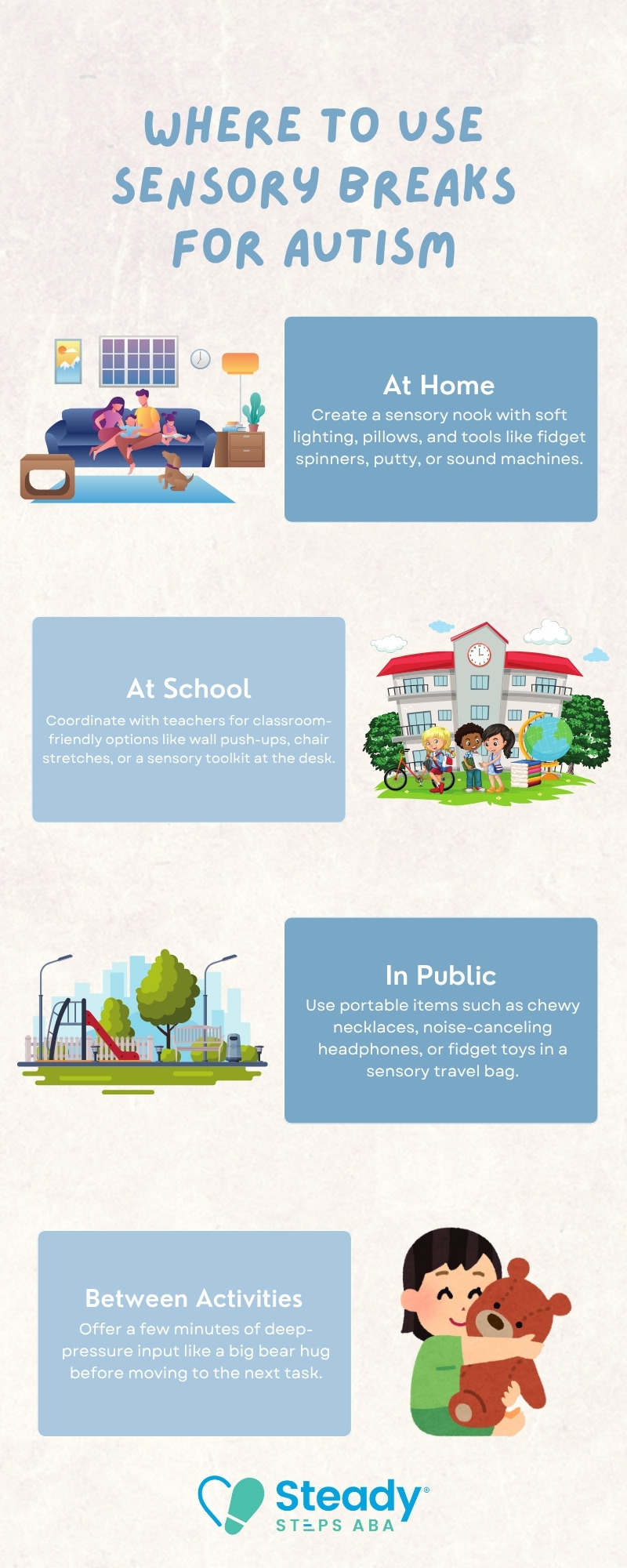
Preparing a few go-to options in advance reduces stress and helps your child remain comfortable and supported no matter where you are.
Can Sensory Breaks Be Incorporated into ABA Therapy?
Yes, absolutely. Sensory breaks can be an essential part of Applied Behavior Analysis (ABA) programs when used strategically. ABA therapy often includes reinforcement and skill-building, and sensory breaks can act as supportive tools that increase engagement and reduce frustration.
ABA therapists can identify the specific sensory needs of a child and incorporate breaks into daily routines, transitions, or skill sessions. These breaks help the child stay focused during learning without overwhelming their system.
Build Confidence and Independence With ABA Therapy
At Steady Steps ABA, we recognize how important sensory regulation is in the development of every autistic child. That’s why our ABA therapy in Maryland integrates evidence-based strategies that include structured sensory supports when appropriate. Our individualized programs are designed to help children build communication, reduce challenging behaviors, and develop independence in a way that respects their unique sensory needs.
Contact us today to learn how ABA therapy in Maryland can support your child’s growth through personalized care and thoughtful planning.

